GREAT AND SMALL SAPHENOUS VEINS INCOMPETENCE
Great saphenous insufficiency is where the valves and the great saphenous vein are incompetent. They no longer function normally. Great saphenous insufficiency is the most common varicose veins that we see. We have the great saphenous vein that runs from the groin to the ankle and the short saphenous vein that runs up the back of the legs from the ankle to behind the knee. The great saphenous vein that runs from the groin to the ankle and the thigh of the leg is the most common vein that becomes insufficient. In insufficiency is all veins have valves, and the valves and the veins should come together as the calf muscle pumps blood out of the leg, while it passes the valve, the valve should shut behind it. In patients with insufficiency the valves cusps, the valve does not come together and blood then moves backwards. It rushes back down the leg towards the ankle and that causes the veins to distend because they are under pressure. Those veins dilate and become varicose.
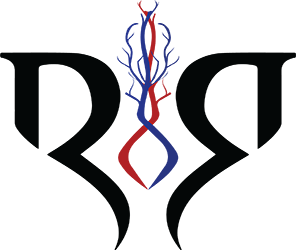
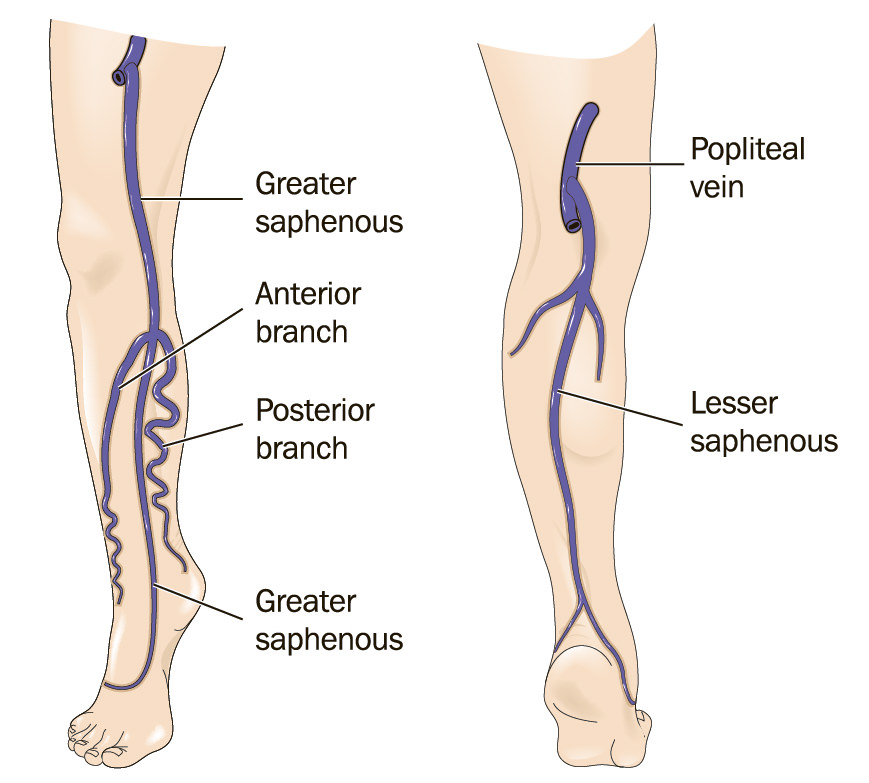

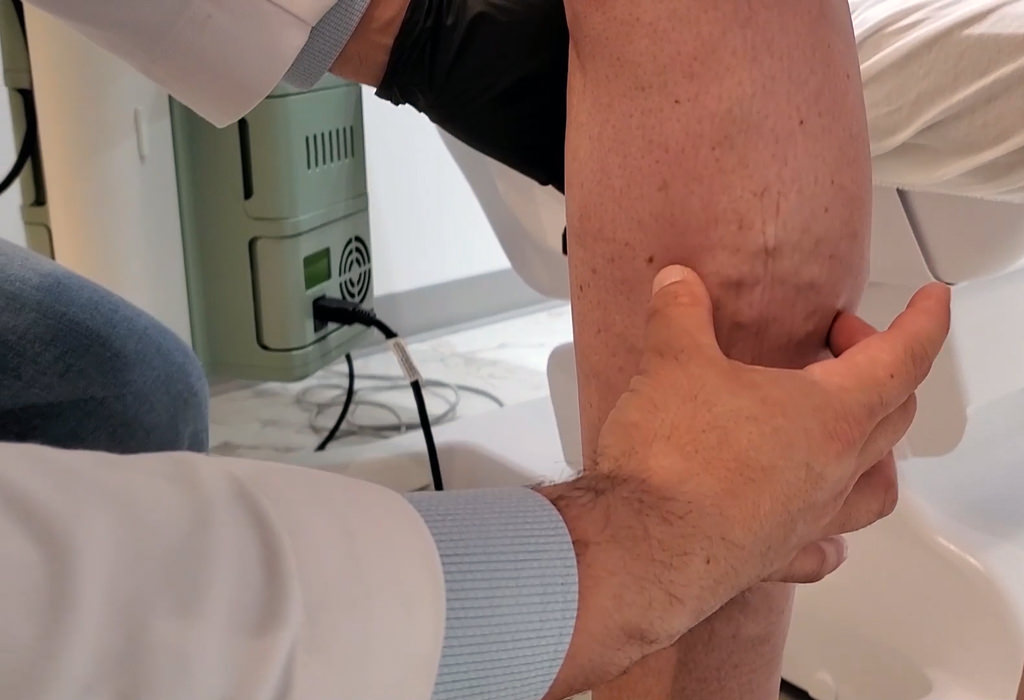
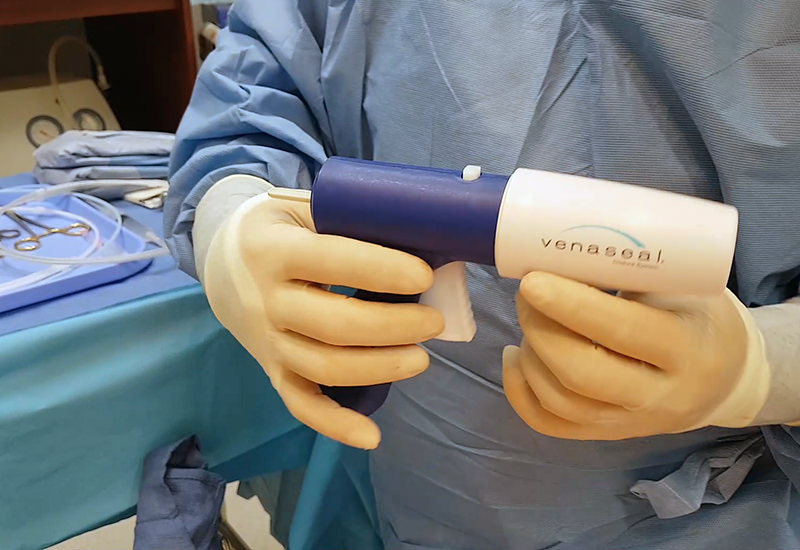
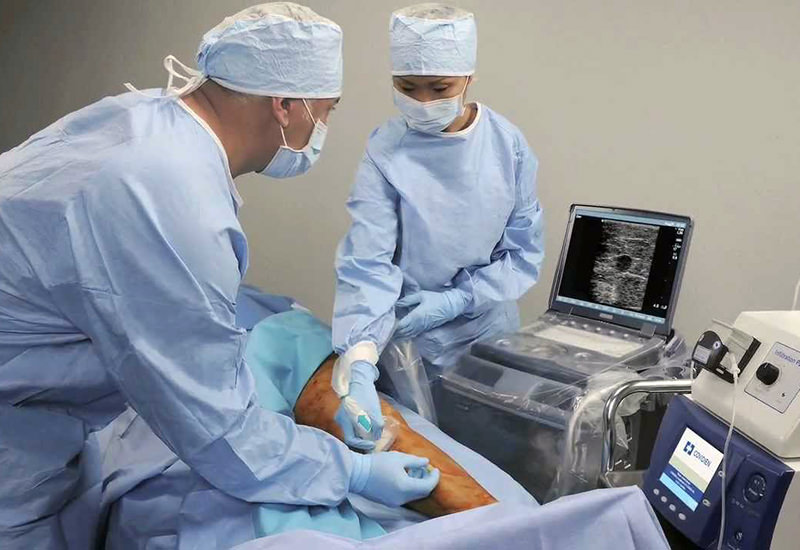
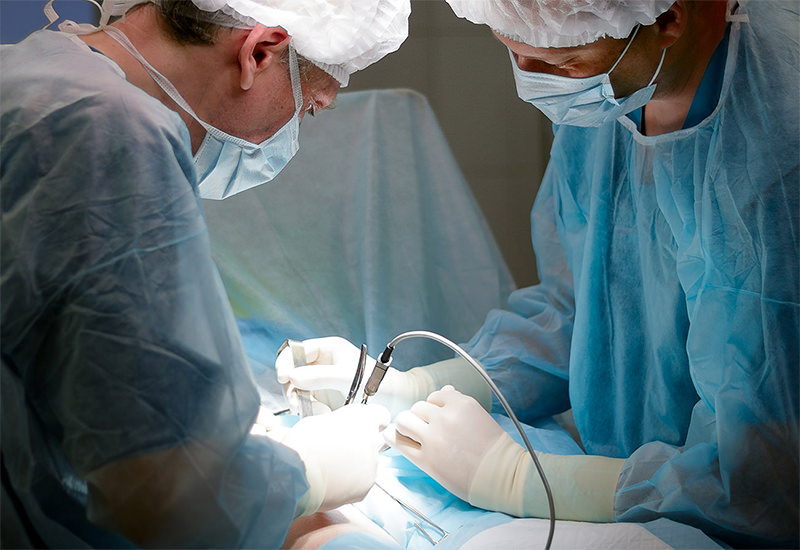

The images and/or videos are not presented as a guarantee of result. The results may vary. Patients gave their consent for the publication of images and/or videos.